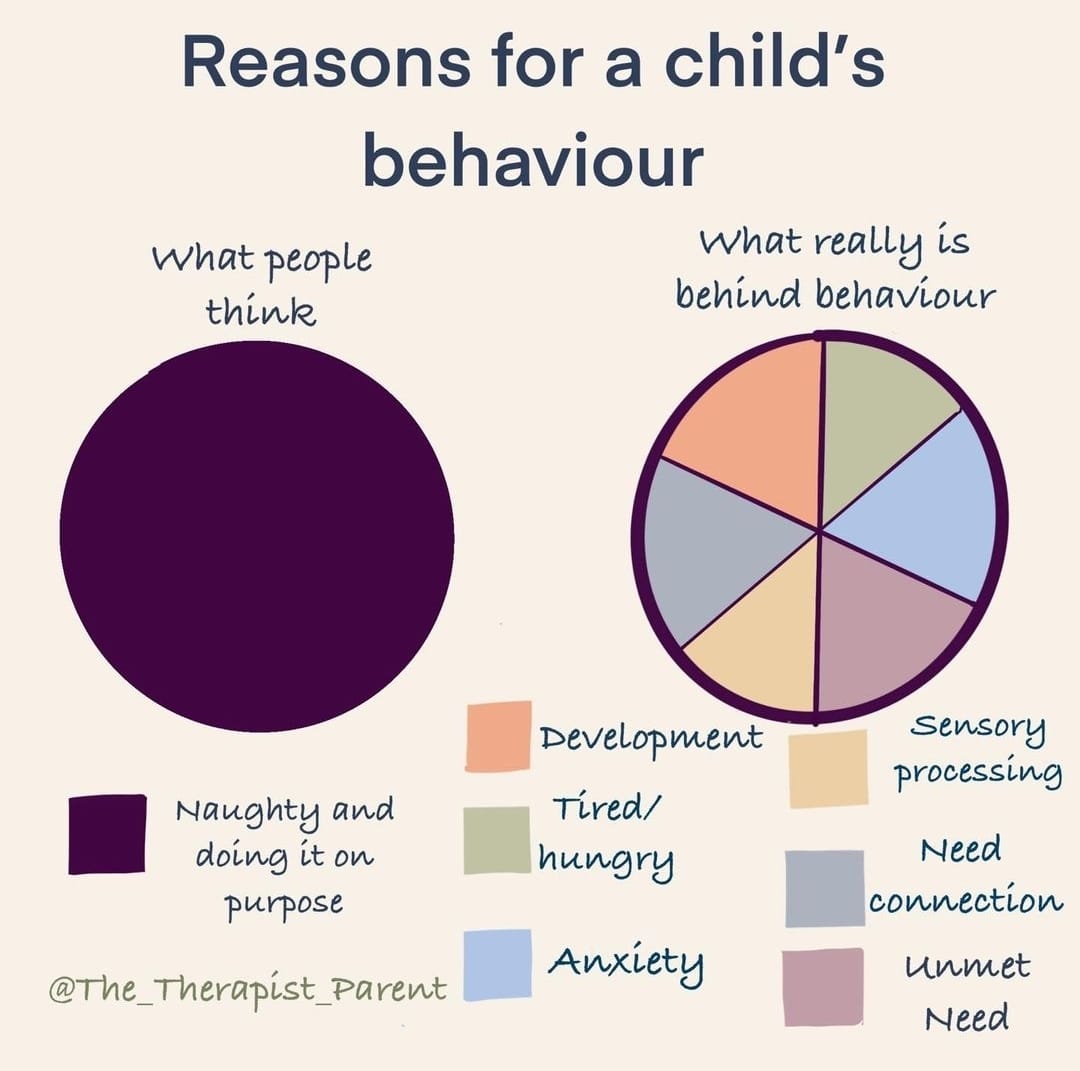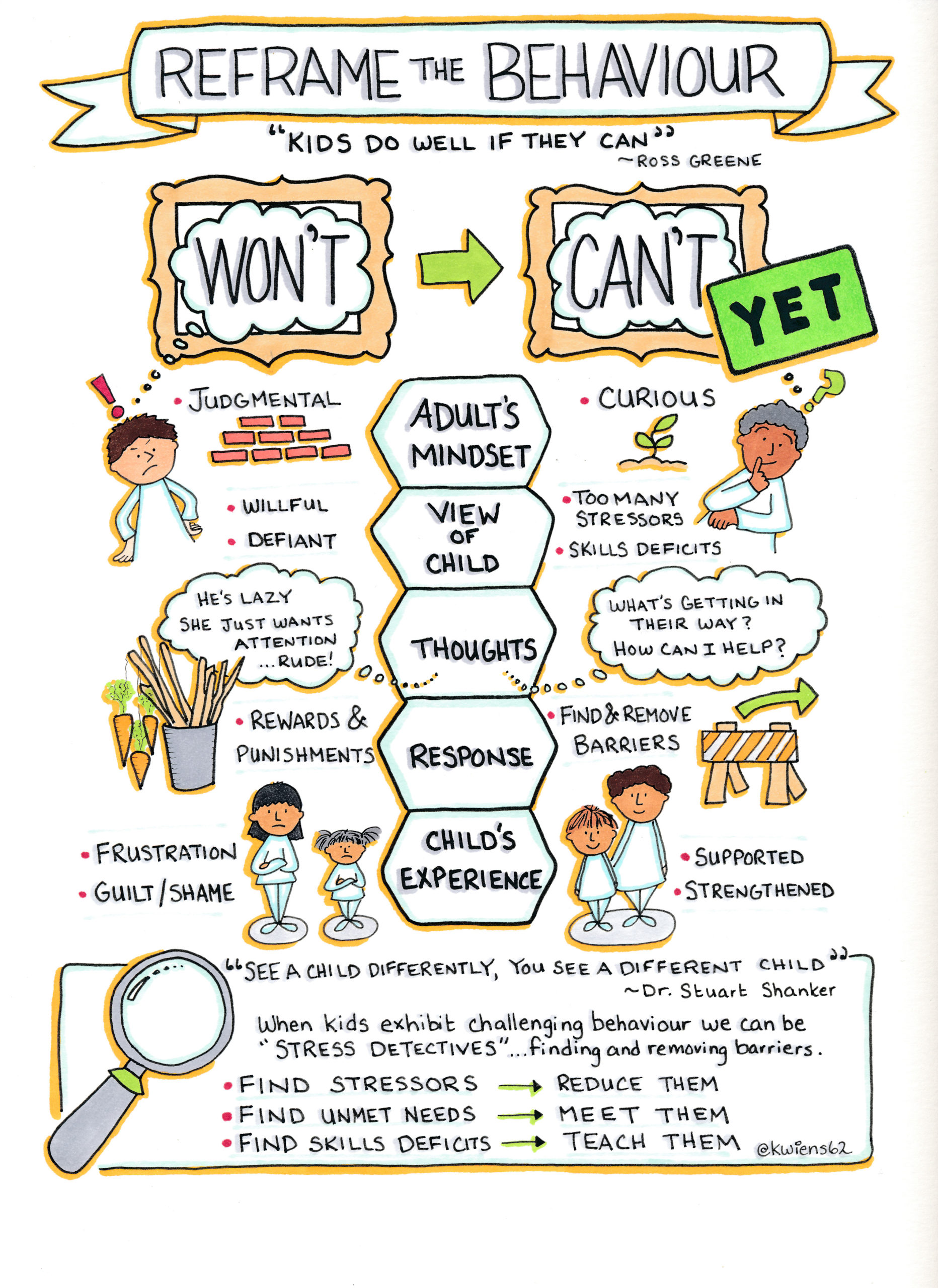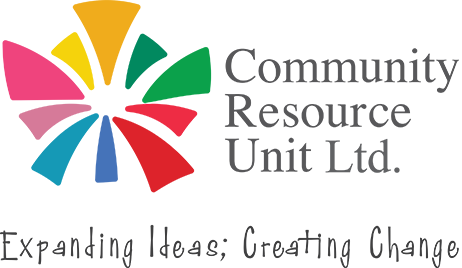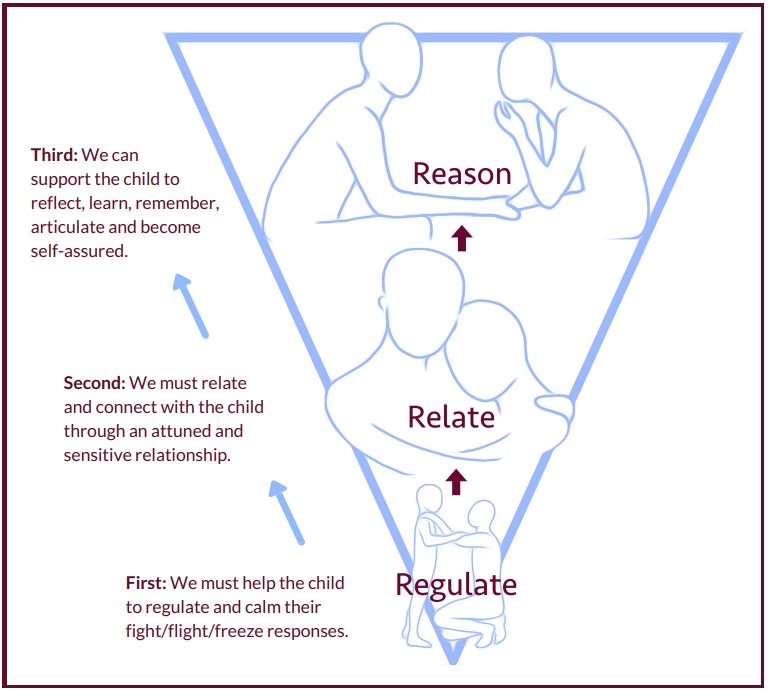
Newsletter nine:
What can families do when 'behaviour' is catching everyone’s attention?
School inclusion can feel very fragile when concerns arise about a student’s ‘behaviour’. While this is a confronting topic and certainly not something families would like to think about when things are going well, CRU believes this is an important topic to address.
It is wise to consider that if a student cannot verbalise why something happened, they are at greater risk of having a reaction incorrectly labelled as ‘behaviour’. If an inherent part of a student’s disability involves involuntary movements or unusual responses to sensory stimuli, then they too are vulnerable to having these labelled as ‘behaviour’.
CRU speaks to many families who are facing suspensions, or exclusions, or who are worried about their child’s enrolment. This newsletter is designed to provide helpful ideas on what might be behind a student’s 'behaviour' and what parents can do to shape different understandings and conversations. We hope this information will also be helpful to professionals working with young people and their families.
Dr Michael Kendrick has said that: “Once people are labeled with words such as 'challenging' it will predict that the focus will be brought on their behaviour, because the behaviour is the thing that is catching people’s attention … My advice is not to think of people as having challenging behaviour at all, but rather that they be seen as people who are poorly served or whose needs are not met very well in their present situation”.
To quote Herb Lovitt “People with difficult behavior are social critics who tell us what we are doing wrong.” We believe children will always do well when they can. If there is ‘behaviour’, then we need to stop and listen to what a child is communicating, as they will be telling us what we need to do to include them – and indeed everyone.

Image Source: The Therapist Parent.
CRU believes that:
- All children have the same need to belong, to feel safe, to feel valued and included by their peers and by their school communities.
- All children, indeed all human beings, will communicate their feelings, and unmet needs, in the way that they can.
- As adults, we can do better to support young people to understand their own needs and feelings, and communicate these in more positive ways.
Dangerous Words
The danger in labelling something as 'behaviour' is it immediately limits everyone’s ability to relate to the person who is 'behaving'. Too often, we do not stop to ask: Why is this child acting that way? What are they needing? What can I do to help?
It stops people from listening to the child who is already feeling unheard.
Emma Van der Klift, internationally recognized neurodiverse speaker, author and disability activist refers to the unhelpful tendency to label individuals – both children and adults - as being ‘manipulative’, ‘resistant’, or ‘seeking attention’.
“The problem with these words: manipulation, resistance, even the idea of doing things for attention…makes the person sound like it’s all they ever do, and not only that, it doesn’t tell us anything useful.”
Emma Van der Klift
Emma maintains that these words are a signal of the frustration of the teaching or support staff, but by locating the problem solely in the child who is needing support, it limits the possibility of finding useful ways forward. You can view her video presentation titled ‘Three Dangerous Words’ in the behaviour section of our Inclusive Education Resource site.
What can we do as parents?
As parents, receiving the dreaded ‘behaviour phone calls’ from school can be distressing and overwhelming. When those calls start to become frequent, accompanied with escalating distress in the child and in the severity of punishment, it can be hard to see a way forward. CRU has many helpful resources already on our website, but here are some top tips for where to start:
Get informed
It can be helpful to know the tools and resources that The Department of Education have developed to guide schools in their approach to ‘behaviour’. Please note that schools will have their own policies and approaches, so getting to know your school’s framework and policy will be important.
The Department’s Autism Hub hosts a free functional behaviour assessment tool on their website.
It is designed to prompt family members and professionals to think about what occurs before and after a ‘behaviour’ to understand what function or role that behaviour may have, and what strategies may be useful to help reduce or replace that behaviour.
The Department has also published a factsheet Prevention and de-escalation of risk behaviour fact sheet (pdf) and have available a collection of new resources for parents.
Other resources are in development, so please contact CRU for a fuller guide to materials.
Our tip: Questions to ask school when you are informed of ‘behaviour'
* try to keep conversation objective (focus on facts not emotions)*
What, where, when, who? :
- What is my child doing?
- When is this happening?
- Where is it happening?
- Who is with my child?
- What happens before?
- What happens after?
Then… take some time!
“I would like some time to think and to talk with my child.”
Families know their child best; this concrete information and your knowledge of the child can help you figure out what is going on for your child, so you can share this with the school.
Keep expanding your understanding of ‘behaviour’
As our child’s advocate, it is important we get clear about seeing past 'difficult behaviour', in order to look for messages of unmet need. David Pitonyak unpacks what these messages could be in his article ‘Notes for Parents’ (PDF).
Remember that your child’s behavior has meaning. Finding out what your child needs is the first step in supporting your child, and the people who love your child, to change.
David Pitonyak
Here are just a few different tools available to parents and schools to help your child think about what is happening for them, and how things could be made better at school for them.
- Is it Sensory or is it Behaviour? is an article written by an Occupational Therapist to work out what might be helpful if you are unsure if it’s ‘sensory or behaviour’.
- What gets labelled 'behaviour' that isn't is a short video we released earlier this year, in which behaviour consultant, Ann Greer, describes sensory and movement differences in children that get mis-labelled as ‘behaviour’.
- Identify your School Triggers (PDF) is a self-reflection tool to help students and/or their parents and caregivers identify their ‘triggers’ at school.
Our tip: Questions for parents to consider
When this ‘behaviour’ occurs:
- What is my child’s experience?
- What is my child feeling?
- What need is not being met? *
Was there something/ someone that made them feel uncomfortable?
Was there something they did not understand?
Was there a demand or challenge that they do not yet have the skills to meet?
* Don’t overlook the ordinary needs of any child – to be valued, to belong, to have friends, to experience success, to have age appropriate choice and control, or for their opinion on the situation to be heard (even if they lack the words to express that verbally).
REFRAME, or ‘RESTORY’, the behaviour
In a situation where our child’s actions are described as ‘challenging behaviour’, it is important for us to stand strong in our advocacy, and support them to communicate the real human story of their experience.
We must reframe the picture that is presented to us, to support our children, and to support their school to see our child’s perspective. We must help others never lose sight of the child and their perspective and well being.
Julie Causton and Kate Macleod state we must ‘restory’ the behaviour:
“All kids want to do well because they want love, belonging and understanding. It is up to us to restory our student’s challenging behaviour in order to help them succeed, feel loved, and feel understood. Certainly, it’s what we'd want someone to do for us.”
(From ‘Behaving to Belonging : The inclusive art of supporting students who challenge us’ by Julie Causton and Kate Macleod)

Image Source: North Star Path
Our tip: With your Child
When your child is calm ask if they are okay to talk. Empathise first, listen, tell them what you have observed (without judgement) then ask for their thoughts on the situation. Work together on planning solutions.
Even where your child has limited effective communication, think about:
- What words or other strategies (e.g AAC) does my child need to express themselves to get their needs met, or to name and express their feelings next time?
- How will my child be successful in communicating this next time the situation occurs?
- Who at the school can ensure this will happen?
- How can I help the school to tune into my child’s communication including non-verbal signs and the 'behavioural whispers'?
- Document and share with the school key information, e.g. the signs my child is becoming uncomfortable, what helps them to feel safe and regulated, and what to avoid.
Changing our approach
Most adults today can recall being raised in traditional school environments where there existed a focus on compliance by children to what was considered the norms of ‘good behaviour’ and being a ‘good student’. The consequence for not complying was punishment. This approach is not a good fit with inclusive education. It does not consider the natural diversity in students, and sets up many students with disability to struggle to ‘comply’, and then to be blamed or blame themselves when they don’t.
This approach does not reflect on whether existing adjustments and supports are effective in enabling the student to access and participate ‘on the same basis’. If we want to remove the barriers for all children to be included, and we wish to teach all students to value natural diversity, we will need to move our approach away from reflexive disciplinary punishment, and towards a focus on regulation and relationship.
Image source: Bruce Perry, Beacon House (PDF).
He’s confident, he’s happy, and he’s part of the class
This year we released this video that shares the story of a family’s vision for their son, their belief in his potential and an unwavering conviction to his inclusion at his local primary school. It shares how a school team transformed Nathan’s experience in his year 4 class through investing in their relationship with him.
Through a focus on connecting with him and being attuned to what he needed to feel valued in the classroom, Nathan’s teacher encouraged his growth in confidence as an independent learner. As he became self-assured in his place of value in the class, he became more relaxed and happy, and made deeper connections with his classmates. Instead of a focus on ‘behaviour’ and ‘risk management’, this is a story of a focus on planning to include.
Is it just my child?

Recent data shows that children with disability continue to be suspended and expelled from Queensland schools at a disproportionate rate when compared with children who do not have disability. Queensland Advocacy Incorporated (QAI) is a member-driven and non-profit advocacy organisation for people with disability in Queensland. This discussion paper by Sophie Wiggans, Systems Advocate at QAI, evaluates the current systemic responses and makes recommendations for reform.
 Along with systems advocacy, QAI also provides a range of individual advocacy services, including an Education Advocacy Service for families of students with disability in Queensland state schools or home education.
Along with systems advocacy, QAI also provides a range of individual advocacy services, including an Education Advocacy Service for families of students with disability in Queensland state schools or home education.

For further reading:
Go to the Families for Inclusive Education resource site to find videos, articles and other resources (many by people with disability and their advocates) designed to deepen understanding of ‘behaviour’, and reflection on how to support children with disability better.

